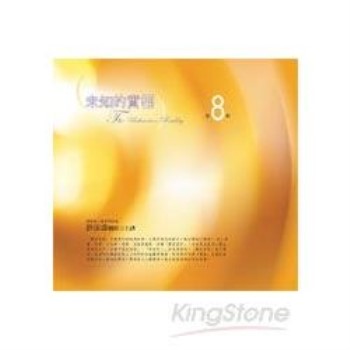Oleg I. Sukharevsky has been working in the field of applied mathematics and computational electrodynamics since 1972, when he graduated from Kharkov Gorky State University with a degree in computational mathematics and joined the Kharkov Govorov Military Academy of Air Defence as an engineer. From 1977 he began his own study and development of numerical computational methods based on the solution of two-dimensional integral equations to obtain scattering characteristics of non-closed screen and antenna under frame radome. In 1983 he obtained the Candidate of Technical Science degree (Ph.D. analogue) from the All-Union Research Institute of Radiotechniques, by that time he was promoted to the position of Senior Researcher. Since then, he has continued to study the scattering phenomenon and started to develop the scattering theory and technique for calculating the radar cross section of complex objects, with special emphasis on the objects that have surface fractures (sharp edges) and are (partially) covered with radar-absorbing materials. In 1993, he received a Doctor of Science degree in radar from the Kharkov Govorov Military Academy of Air Defence.
Since the collapse of the Soviet Union in 1991, Oleg Sukharevsky has held not only academic positions but also teaching posts in applied mathematics and computational electrodynamics at the Govorov Academy, which was reorganised in 1993 as the Kharkov Military University and later, in 2004, as the Kharkov Kozhedub Air Force University. From 1996 to 2001 and from 2004 to 2008, he was also employed as a senior researcher at the Usikov Institute of Radio Physics and Electronics of the National Academy of Sciences of Ukraine. During the turbulent period that followed the collapse of the Soviet Union, he founded a scientific school that has produced many prominent Ukrainian engineers and scientists. This was also the time when the explosive growth of computer power opened up entirely new possibilities for implementing theoretical electrodynamics methods in operational software. The appearance of personal computers facilitated the development of computer models of a number of air, ground and underground objects, and Oleg Sukharevsky and the graduates of his academic school gained extensive experience in the simulation of scattering from real radar objects interrogated by not only narrow-band, but also wideband and ultra-wideband interrogation signals. He is the author and co-author of ten books and more than 250 papers in Russian, Ukrainian and English. Oleg Sukharevsky is a senior member of IEEE and Honoured Science Worker of Ukraine.
Currently, Dr. Sukharevsky is a leading researcher at the Scientific Center of Air Forces, Ivan Kozhedub Kharkov National Air Force University, Kharkov, Ukraine, professor. His main areas of interest include, but are not limited to, the mathematical theory of diffraction and scattering characteristics of radar targets.
Vitaly A. Vasilets has been working in the field of computational electrodynamics since 1992. In 1991 he graduated from Zhitomir Higher Military School of Radio Electronics of Air Defence and entered the Kharkov Govorov Military Academy of Air Defence as a postgraduate student. During that year, Vitaly sought his destiny under the scientific sun and found it in the person of Oleg Sukharevsky, who agreed to become his teacher. Since then, for 30 years, they have been developing applied electrodynamics together in many areas. In 1994 he received the degree of Candidate of Technical Sciences (Ph.D. analogue) from the Kharkiv Military University, at which time he was promoted to the position of Senior Researcher. Since then, he has continued to study scattering phenomena and started to develop a technique for calculating the radar cross section of complex objects located in free space and near the media interface. In 2006, he received a Doctor of Science degree in the field of radar from the Ivan Kozhedub Kharkiv National Air Force University.
After the collapse of the Soviet Union in 1991, Vitaly Vasilets worked in institutions that were the heirs of the Govorov Academy, which was reorganised in 1993 as the Kharkiv Military University, and later, in 2004, as the Ivan Kozhedub Kharkiv National Air Force University. This was also the time when the explosive growth of computer power opened up entirely new possibilities for implementing theoretical electrodynamics methods in operational software. The advent of personal computers facilitated the development of computer models of a number of air and ground objects, and Vitaly Vasilets gained extensive experience in the simulation of scattering from real radar objects interrogated by not only narrow-band, but also wideband and ultra-wideband interrogation signals. He has authored and co-authored five books and more than 150 papers in Russian, Ukrainian and English.
Currently, Vitaly Vasilets is a leading scientific researcher at the Scientific Center of Air Forces, Ivan Kozhedub Kharkiv National Air Force University, Kharkiv, Ukraine, a Senior Scientist. His main areas of interests include the study of scattering characteristics of radar targets.












